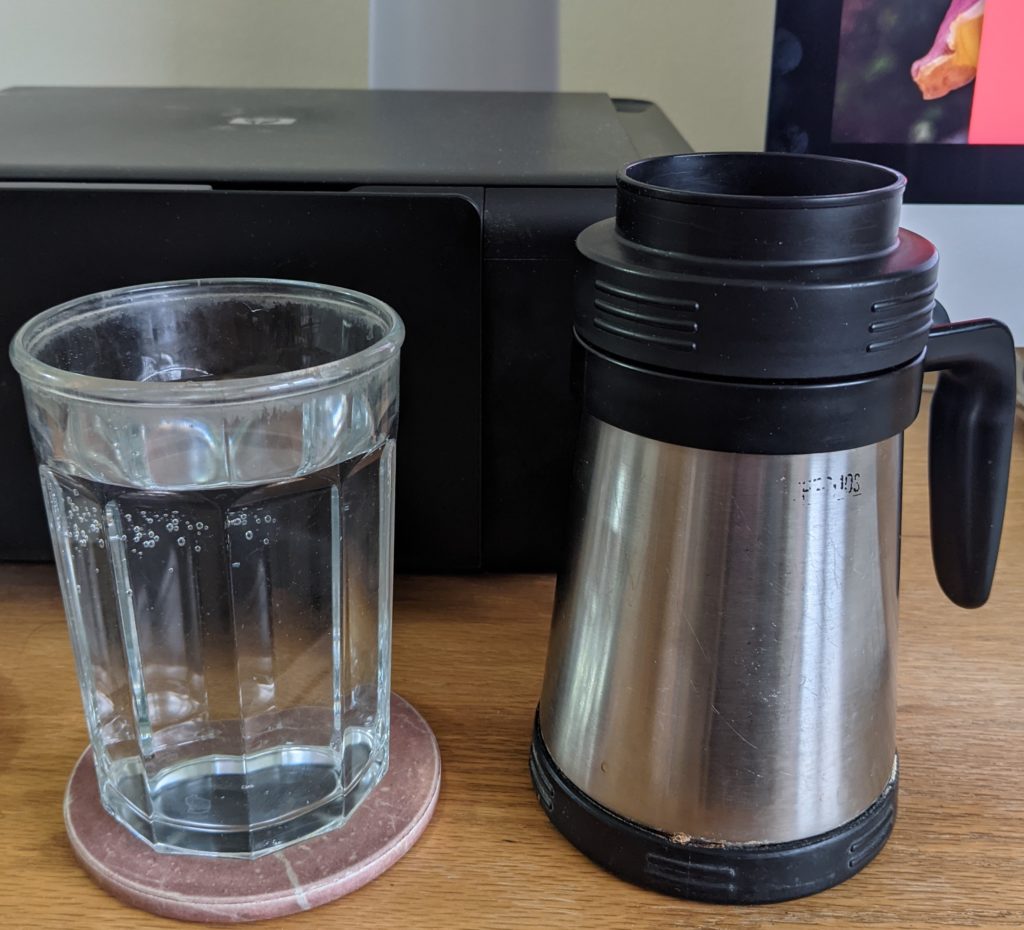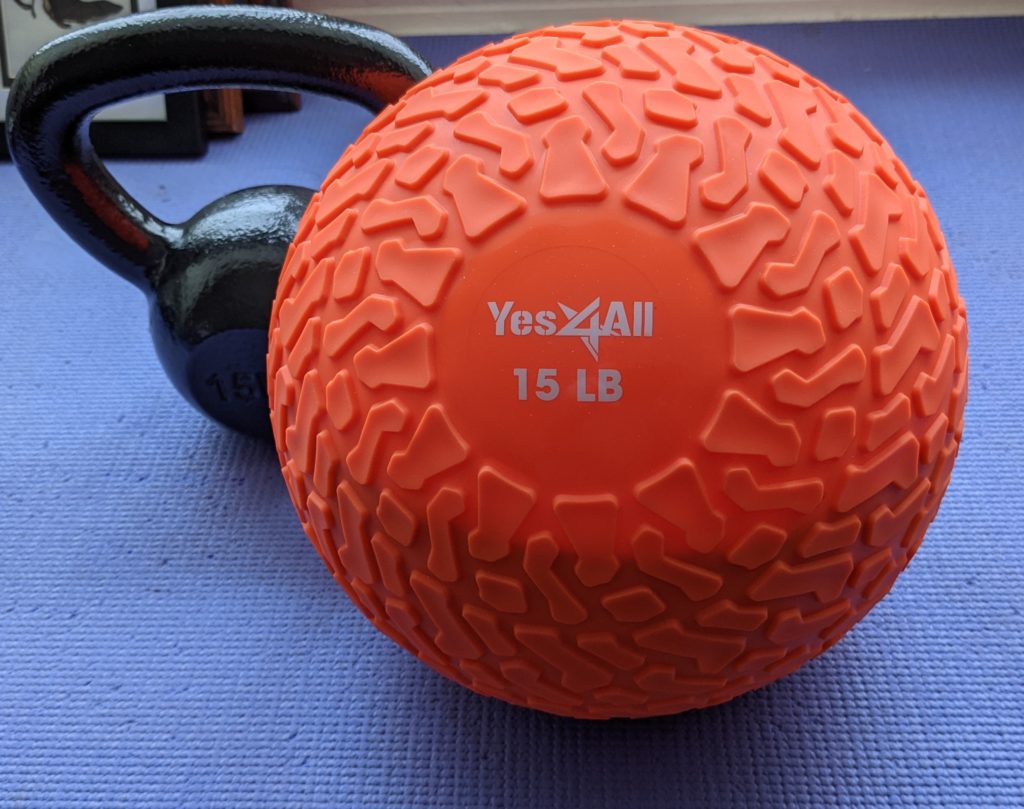Fasting is very much in the forefront of the kooky part of the health/wellness/fitness world that has me snake-fascinated. I’m convinced by the basic logic that our physiology functions best when we alternate between fed and fasted states, and functions poorly when we are always in a fed state.
As I write this, I’m approaching the end of a three-day fast. I did similar fasts in 2018 and 2019. This is actually my 2020 fast, slipped to early 2021 because I’d hesitated to do a fast during a pandemic. The pandemic isn’t over, but with 11 months of experience at dealing with it, I knew I could just arrange my schedule such that I had virtually no contact with other people for these three days.
Kinds of fasting
There are a lot of ways to do a fast, differing primarily in how long one fasts, and also in what one consumes during the fast.
At one end of the spectrum there’s just not eating for the period between supper and breakfast, which pretty easily stretches to 12 hours for anyone who can forego a bedtime or midnight snack. That period can be extended moderately—there are people who chose to fast for 13 to 16 hours per day—or it can be extended by somewhat more—some people choose to fast for a whole day. At the other end of the spectrum there’s prolonged fasting, where people fast for multiple days.
There are names for these various protocols. Some people practice what’s called 16:8 fasting, where they fast for 16 hours out of the day and consume all the food they eat within an 8 hour window (perhaps 8:00 AM to 4:00 PM, or noon to 8:00 PM). Another is called 5:2 fasting, where people fast on two days out of a week, eating as they like on the other five.
People seem to use the term “time-restricted eating” (or time-restricted feeding, if you’re talking about lab animals) to refer to fasting protocols where the fasting/eating windows are measured in hours. There is also the term “intermittent fasting” which some people just use as a generic term to refer to fasting protocols where the fasting window is not much more than a full day. (If you fast on alternate days you’ll typically end up with 36-hour fasts, assuming that you start your fast after supper on day 1, fast on day 2, and then break your fast with breakfast on day 3.)
Beyond the numerous periods of intermittent fasting, there’s the broad category of “prolonged fasting,” which can be anything from 48 hours out to 30 days or more, although fasting for longer than a week is rarely done for health reasons, except for people who are morbidly obese.
Autophagy
I’ve become convinced that some amount of fasting is not only healthy, it is important for health. Very briefly, there’s a finely balanced system inside of each cell that monitors available energy and available amino acids. If those things are present, the cell switches into a growth pathway, and starts making proteins and organelles (whatever the cell needs at the time). If the cell is short of either energy or amino acids, it switches over into what’s called autophagy, and instead of making proteins starts breaking them down.
For many people in the modern world it has become ordinary to eat frequently enough that one rarely goes even as long as 12 hours without eating. In that circumstance, cells rarely ever switch out of the growth pathway. Autophagy never happens, and old proteins never get broken down. This leads to all sorts of problems. Clearing out those damaged proteins (and damaged organelles) is important—they’re implicated in virtually all the diseases of aging from cancer to Alzheimer’s.
The cell seems to preferentially break down damaged, mis-folded proteins and damaged organelles. (See Selective degradation of mitochondria by mitophagy.) In any case, it’s going to replace them with whatever proteins and organelles you need most at the current moment. The process will end up improving both the quality and appropriateness of your cellular machinery.
My fasting
I do a version of intermittent fasting all the time. Jackie and I eat breakfast fairly early in the morning, but then we just have one main meal of the day, usually around 2:00 PM. We got started on that because I found that eating close to bedtime was interfering with my sleep, and Jackie got frustrated that moving supper as early as I wanted meant that there was barely enough time between lunch and supper to clean up the kitchen and then prepare another meal. My proposal to just combine the two meals was met with some initial skepticism, but it has turned out to suit us very well.
In one sense, I’m doing a version of a 16:8 fast, because I fast from 3:00 PM or so until 7:00 AM the next morning. It’s not a strict fast though. I typically have cocktail hour at 4:00 PM, and I nearly always have cream in my coffee first thing when I get up in the morning. That shrinks the window in which I’m strictly fasting, but probably does it in a way that doesn’t much reduce the benefits of the fast. (For details see Fast This Way, by Dave Asprey the guy who invented Bulletproof coffee.)
Once a year though, I do a prolonged fast of at least three days. Although the research is preliminary, there’s some evidence that after three days the body goes beyond just autophagy, and starts clearing out senescent cells. That’s great, if it’s true; there’s very good evidence that clearing out senescent cells substantially improves healthspan and lifespan.

Except that I have a big cup of green tea in the morning (mainly to support my caffeine habit, also because green tea boosts autophagy and ketone production), I’m doing a water-only fast.
It hasn’t been hard. I was a little hungry the first day, felt great the second, and am now rather looking forward to breaking my fast in a few hours. But if there were some reason to extend my fast I could do it easily enough.

I made a point of getting in a hard lifting session on day two, just to let my body know that I was most definitely using those muscles, and that those proteins should be used to repair muscle and not be metabolized for energy.
